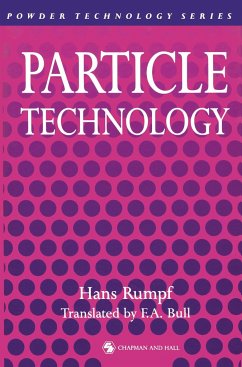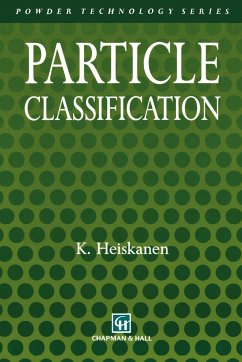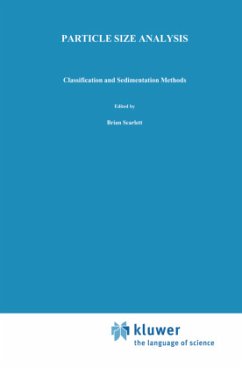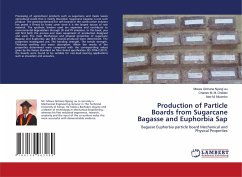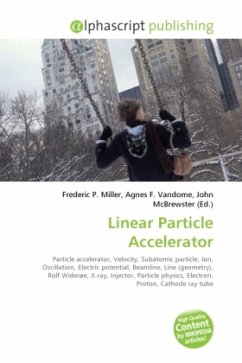
Linear Particle Accelerator
Versandkostenfrei!
Versandfertig in 6-10 Tagen
32,99 €
inkl. MwSt.

PAYBACK Punkte
16 °P sammeln!
A linear particle accelerator (often shortened to linac) is a type of particle accelerator that greatly increases the velocity of charged subatomic particles or ions by subjecting the charged particles to a series of oscillating electric potentials along a linear beamline; this method of particle acceleration was invented in 1928 by Rolf Widerøe. Linacs have many applications, from the generation of X-rays for medicinal purposes, to being an injector for a higher-energy accelerators, to the investigation of the properties of subatomic particles. The design of a linac depends on the type of pa...
A linear particle accelerator (often shortened to linac) is a type of particle accelerator that greatly increases the velocity of charged subatomic particles or ions by subjecting the charged particles to a series of oscillating electric potentials along a linear beamline; this method of particle acceleration was invented in 1928 by Rolf Widerøe. Linacs have many applications, from the generation of X-rays for medicinal purposes, to being an injector for a higher-energy accelerators, to the investigation of the properties of subatomic particles. The design of a linac depends on the type of particle that is being accelerated: electrons, protons or ions. They range in size from a cathode ray tube to the 2-mile (3.2 km) long Stanford Linear Accelerator Center in Stanford, California.





